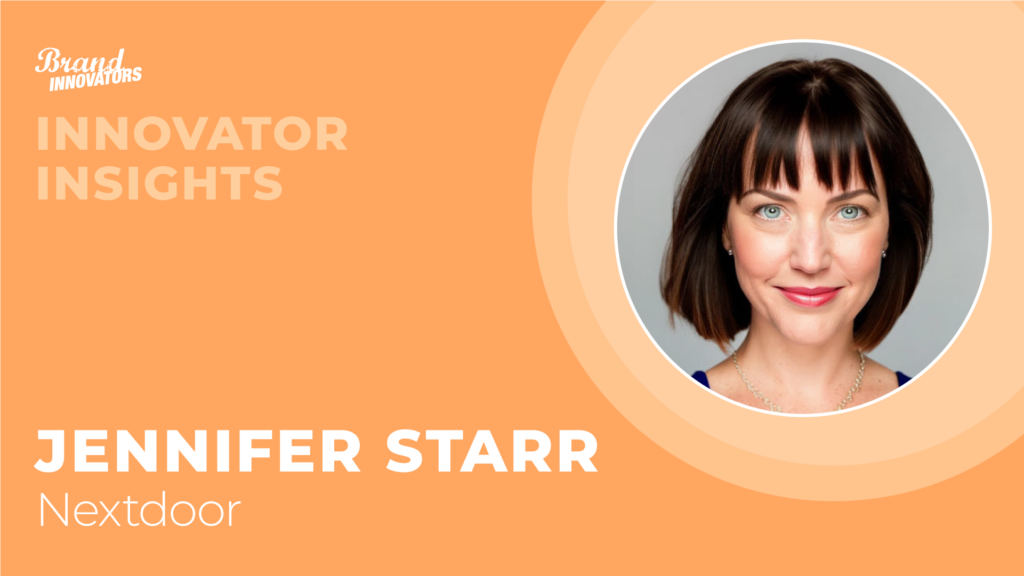The latest Consumer Electronics Show was the usual raft of announcements, including the launch of smart televisions that integrate artificial intelligence and other features to enable interactivity and e-commerce on screen. But Michael Guth was more impressed by a change in the TV industry’s worldview.
The attendees at CES seemed to show an understanding that advertisers and media need to come together to simplify a TV advertising landscape that’s evolving with streaming options running alongside a wide selection of linear TV offerings. Guth, senior vice president and chief marketing officer at Spectrum Reach, arrived in Las Vegas moderating his expectations and pronounced himself “bullish” on his return. “I found a real industry desire to work closer together, to collaborate, and to simplify where we can on behalf of advertisers and agencies,” said Guth.
Spectrum Reach, the advertising sales business of Charter Communications, provides advertising and marketing solutions in 36 states and 91 DMAs where Charter operates. As the industry evolves, Reach has moved beyond the traditional cable advertising model, joining with partners to expand its reach to 97% of the U.S. viewership and offer national and local advertising across both linear and digital platforms.
Fragmentation and streaming grab the headlines in this new landscape. But as streaming continues to make gains in viewers’ attention, media and advertisers are working out how to factor those platforms into brands’ media plans while optimizing a still-sizable broadcast and cable audience. Linear TV on broadcast and cable channels still account for better than half of all TV watching time; Guth cited an eMarketer forecast that estimates advertising spend on linear TV will still make up about 60% of TV ad budgets through 2027.
Simplified Fragmentation Solves Advertiser Angst
“Advertisers are grasping that linear TV is not the opposite of streaming,” said Guth. “A lot of what viewers are streaming is linear TV viewed on a schedule.”
Viewers today treat all their media as live TV or on-demand, and they switch easily between linear and streaming without making much of a distinction between platforms. Charter, through its joint venture with Comcast, launched the Xumo Stream Box in late 2023 to simplify that viewer experience. The technology also makes it easier to aggregate those audiences for advertisers.
“The combination of traditional television viewing with streaming is not going away,” Guth explained. “People will continue to watch, either in a live fashion or they’ll watch in an on-demand fashion. But what you’re seeing is there’s more and more need for advertising within that, as well.”
Technology Still Needs Creativity
The trick is to integrate those TV viewing channels and platforms—including premium and free ad-supported streaming (FAST)—into a media plan that makes sense and engages viewers when and where they are, said Guth. Spectrum Reach starts out with a universe of 30 million subscribers and their aggregated and de-identified first-party data and then parses out viewing patterns: where they watch, when they watch, how they watch, Guth explained. Then it leverages data partnerships to add on nearly 1,000 addressable targeting segments to deliver hyperlocal messaging.
“Simply put, we think we have a better mousetrap,” he said.
Advertisers have always treated TV as a means to build awareness, Guth said, but with new tools such as multiscreen website attribution, advertisers can align viewers who saw an ad with those who visited the advertiser’s website. As a result, brands now have a better understanding of the full power of TV across the consumer journey. Combined with addressable campaigns that can use contextual, hyperlocal targeting at scale, TV can have greater impact, and it will deliver results.
“We have the data. We have the access. We have the skill. We have the inventory,” Guth explained. “Now it’s really up to advertisers and us to partner together to experiment and continue to test and learn on the local and on an enterprise level.”
Using all that data and making decisions in real time and at scale requires technology. Guth noted Spectrum Reach uses machine learning to gather insights from its vast stores of data. But this doesn’t mean automation and AI will put media on auto-pilot; it will require more creativity to execute against that data. For example, programmatic media buying—which promised to use automation to target effectively, provide context to media buys and make those ads more relevant to the viewer—is only as good as the data it uses, he noted.
“I think programmatic is a part of the puzzle,” said Guth. “There are certain nuances, different things that you want to do to create a more bespoke solution. But it’s certainly a part of the media mix, and it’s only going to increase in its level of importance.”
This is the change in mindset Guth said he observed at CES. Media and advertisers are coming to an understanding that all those pieces need to be put together in a way that makes it simple to understand and gain insights and is easy to execute at scale, whether it is in one zip code or nationally. It’s time for the pendulum to swing back to the creativity in media, assisted by technology.
“Within the marketing and media environment, we are seeing a ton of technology and innovation,” Guth said. “But I think we’re entering an era where creative strategy and collaboration become even more important.”




